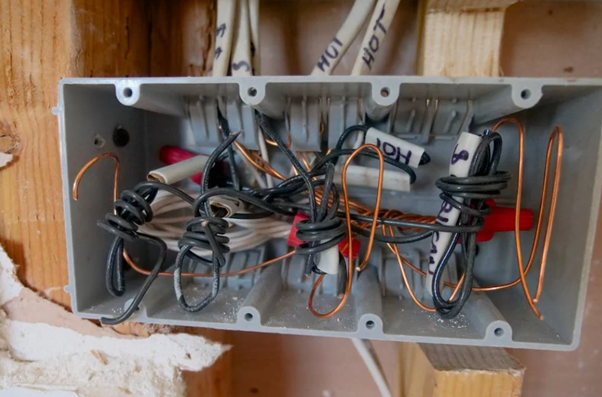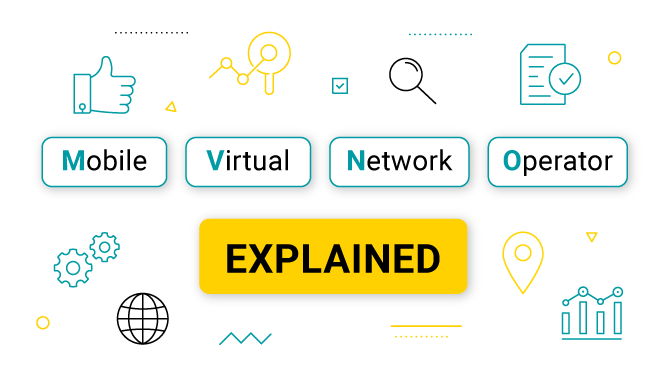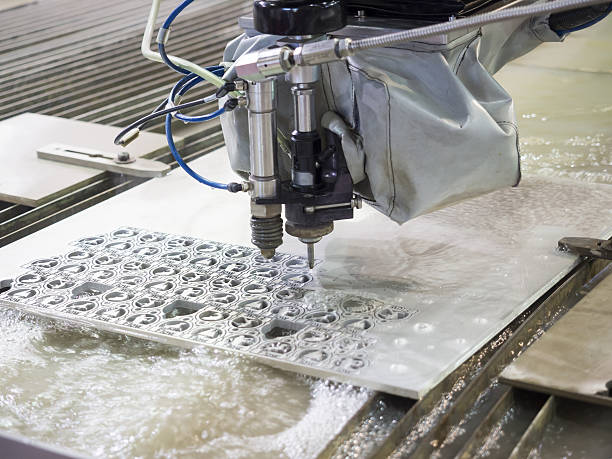Here’s How the IoT Advances Pipeline Monitoring

Oil and gas make up the largest portion of America’s energy supply. Ensuring the reliability and efficiency of their transportation improves society’s access to modern living. Technological advancements are helping companies monitor pipelines, reducing adverse effects from cracks, corrosion, debonding, and leaks.
The Internet of Things (IoT) connects smart pipeline monitors to a greater database, helping professionals access essential information. Individuals can quickly respond to faults in the system, protecting the product and surrounding ecosystem. The technology can also automate specific responses, additionally serving the economy and environment.
The Demand for Efficient Monitoring
The oil and gas sector employs nearly 10.3 million individuals and supports 8% of the U.S. Gross Domestic Product (GDP). When pipelines leak and break, they decrease the industry’s stability, resulting in significant financial losses. Preventing product loss is essential to the economy’s success.
It also minimizes ecological degradation. In 2019, the Keystone Pipeline in North Dakota leaked out nearly 383,000 gallons of oil. The product polluted wetlands about 50 miles from the Canadian border. Oil can harm regional plants, animals, and insects, compromising the ecosystem’s functioning.
In the water, oil floats to the surface and prevents light from reaching the floor. It also prevents oxygen from entering the water, creating dead zones and endangering aquatic species.
Additionally, spills affect the stability of land-dwelling creatures. When crude oil covers a bird’s feathers, it decreases the waterproofing of its coat. In cooler regions like North Dakota, it causes hypothermia and death. Companies can conserve regional ecosystems by investing in IoT.
Data Extraction and Distribution
Ineffective pipeline technology can cause bottlenecks, reducing their transportation abilities. IoT helps companies maximize the efficiency of their systems, monitoring and repairing damage based on real-time readings. They can utilize low power wide area network (LPWAN) features to increase the reliability of data distribution from a pipeline site.
LPWAN connects to sensors and other data-collecting technology, directly transferring information to the cloud. Sensors can assess a pipeline’s pressure, wall thickness, flow rates, and leaks. They can also test the surrounding environment, tracking the temperature, humidity, pH levels, and more.
With the information, researchers can better predict cracks and leaks. They may also develop automated response technology, increasing the accuracy of repairs. There are four main monitoring advancements IoT supports.
1. Improving Maintenance Procedures
Nearly 18.2% of pipeline damage occurs from corrosion. Without frequent structural readings, companies are unaware of the extent of leak-causing pipeline deficiencies. Adding IoT can help professionals access the necessary information and develop efficient maintenance procedures.
Sensors can alert a company of pressure differentiation in a pipeline, helping them prevent damage. They also may alert professionals of routine maintenance needs, decreasing avoidable corrosion.
2. Decreasing Response and Troubleshooting Time
When pipelines break, resulting in oil spills, time is crucial. An undetected leak can spew for days, creating severe ecological damage. IoT sensors can alert professionals of structural damage, lowering the response time on-site.
The technology works around the clock, helping companies maximize the security of their product. Many systems use ultrasonic and acoustic technology to detect cracks and corrosion. Professionals can evaluate the data and quickly respond, decreasing the risk of explosions.
3. Conducting Automated Tasks
Oil companies can also use IoT to conduct automated pipeline monitoring, like evaluating product levels and scanning the systems for deficiencies. The technology is more sustainable than transporting employees to and from a site. It reduces the greenhouse gas emissions related to a project, increasing atmospheric conservation.
Additionally, companies can connect their smart sensors to localized solar panel systems, further reducing emissions. Solar is currently the most cost-effective power source on the market. When companies rely on renewable energy for IoT, they decrease their utility costs, saving money over time.
Automated pipeline tasks also increase worker safety. It helps individuals assess and respond to damage remotely, decreasing their interaction with harmful materials. Using IoT can also enhance worker morale, helping them feel safe and valued by their employers.
4. Predicting Degrading Environmental Impacts
IoT sensors help companies access environmental readings on a pipeline’s site. They can gather soil moisture readings, assisting employees in predicting its impacts on the system’s stability. In high precipitation regions, corrosion occurs at higher rates, increasing the risk of oil spills.
Professionals can program their devices to gather real-time weather readings and evaluate a pipeline’s corrosion rate. They may also track local pressure readings and determine their effects on a line’s efficiency.
An Effective Transition
Oil and gas companies can easily adopt IoT systems, improving the reliability and security of their pipelines. Installation costs are low and the process is minimally invasive, helping professionals use the technology right away without risks. Attaching your sensors to renewable energy devices also improves the efficiency of a system, limiting unnecessary energy costs and emissions.
















